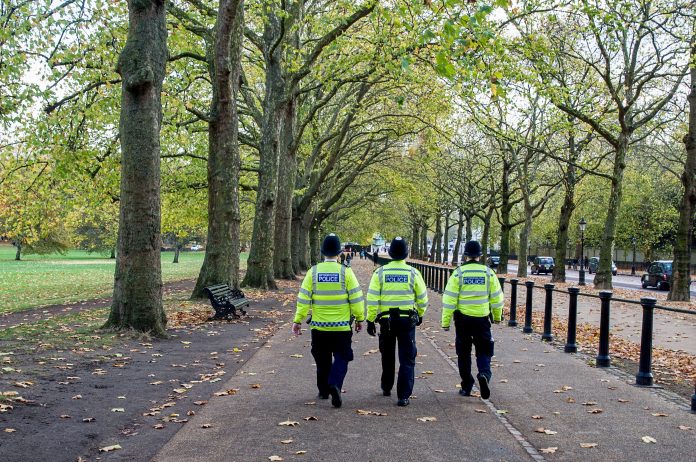Simon Spence, QC at Red Lion Chambers, analyses the custody situation that led to the loss of Sgt. Ratana on 25 September
The death of any police officer, killed in the course of their duty, is a tragedy. When it happens in a custody suite itself, it adds a further dimension and inevitably raises the question, ‘How could this happen?’, a question many people and the family of Sgt. Ratana in particular will be desperate for an answer to. One can only hope that there is absolute transparency in the forthcoming inquiry.
Policing and police procedures changed significantly and, many would say, for the better, with the passing of the Police and Criminal Evidence Act 1984 (‘PACE’). It was one of the most important post-war Acts of Parliament as far as the criminal justice system was concerned. It introduced Codes of Practice with which the police had to comply, covering all aspects of policing from arrest to detention, interviewing, searching and conducting identification procedures. It made the police far more accountable and open to complaints if they failed to comply. It ensured that anyone arrested and detained was dealt with fairly, safely and promptly. It also, however, protected the police from unfounded criticism and sought to protect their safety too.
Custody Sergeant
Sgt. Ratana was acting as Custody Sergeant at the time of his death.
The role of Custody Sergeant is central to the procedures set out in PACE. He is independent of the arrest and any investigation. He acts as an impartial ‘referee’ and determines whether the arresting officer has acted properly in arresting a suspect. He determines whether there is sufficient evidence to hold the suspect for questioning and, in due course, if charged he will determine whether the suspect should be released on bail or detained in custody. He has a duty to maintain a Custody Record in respect of a detainee. This document records each and every development of a suspect’s time in custody from arrival at the station to charge and appearance at court. It is a document often scoured over by defence lawyers, keen to ensure that their client was dealt with properly. It is not uncommon for the officer in the case to be cross-examined over its contents at trial.
‘It took place in a cell’
One of the curiosities of the dreadful killing of Sgt. Ratana is that it took place in a cell. After PACE was enacted, Custody Records were paper documents either filled in by hand or typed. These days they are computerised documents and the Custody Sergeant will be sitting or standing at the custody desk in order to complete it. It begs the question, therefore, why a custody sergeant was in a cell with a detainee.
Far more significant, though, is the question of how the suspect was able to have a gun in custody totally undetected. On arrest, a suspect should always be searched and, if necessary, the police can restrain the suspect in order to do so. In this case, the suspect was found with ammunition and so one could reasonably expect the arresting officers to be more than usually vigilant in looking for a weapon. He should then be further searched and his personal possessions catalogued on the Custody Record as soon as he arrives in custody.
Speculation is always unhelpful in any investigation and one can only hope that in this case, the truth about what went so tragically wrong can be uncovered and the necessary lessons learned to prevent anything like this ever happening again.





![Europe’s housing crisis: A fundamental social right under pressure Run-down appartment building in southeast Europe set before a moody evening sky. High dynamic range photo. Please see my related collections... [url=search/lightbox/7431206][img]http://i161.photobucket.com/albums/t218/dave9296/Lightbox_Vetta.jpg[/img][/url]](https://www.openaccessgovernment.org/wp-content/uploads/2025/04/iStock-108309610-218x150.jpg)





